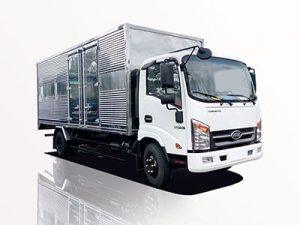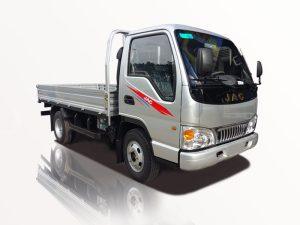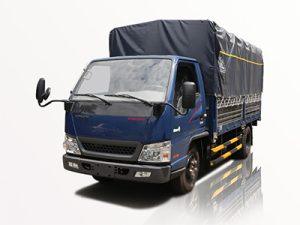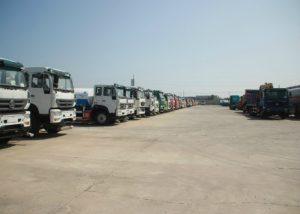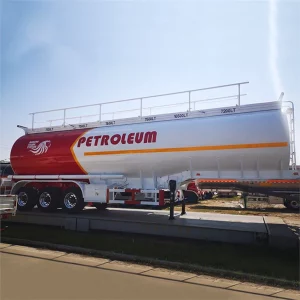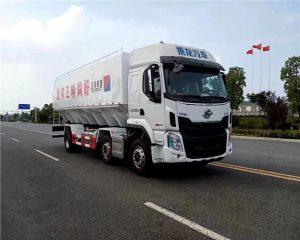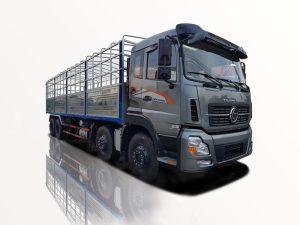Monday to Saturday - 8:00 -17:30
Understanding Wildland Fire Trucks: The Essential Firefighting Vehicles
Wildland fire trucks play a crucial role in battling wildfires and protecting both lives and property in rural and wilderness areas. Designed for rugged terrain and harsh conditions, these specialized vehicles are equipped with the necessary tools to combat wildfires effectively. This article delves deep into the world of wildland fire trucks, exploring their features, types, and importance in firefighting operations.
What Is a Wildland Fire Truck?
A wildland fire truck is a specialized vehicle designed for fighting fires in forested, rural, and wilderness areas. Unlike traditional fire engines, these vehicles are built to navigate rough terrain, carry firefighting equipment, and provide access to remote fire sites. Understanding their unique capabilities is important for evaluating their role in emergency response.
Key Features of Wildland Fire Trucks
- All-Terrain Capability: These trucks are designed to handle off-road conditions, allowing them to reach fires that traditional fire trucks cannot.
- Water Storage Tanks: Wildland fire trucks typically carry water tanks ranging from 100 to 500 gallons, enabling them to battle fires independently.
- Firefighting Equipment: Equipped with hoses, nozzles, pumps, and tools such as chainsaws, these trucks are ready for effective firefighting.
- Versatility: Wildland fire trucks may also be used for rescue operations, hazard mitigation, and fuel management.
- Protective Features: Many vehicles come with features such as reinforced bumpers and skid plates for added protection during operations.
Types of Wildland Fire Trucks
Wildland fire trucks come in various types, each designed for specific firefighting scenarios. Below is a breakdown of the most common types.
Type 6 Engines
Type 6 engines are lightweight and highly maneuverable. They are typically four-wheel drive and can carry around 300 gallons of water. These trucks excel in navigating tight trails and steep hills, making them perfect for initial attack operations.
| Feature | Details |
|---|---|
| Water Capacity | 300 gallons |
| Weight | Under 14,000 lbs |
| Drive Type | Four-wheel drive |
Type 5 Engines
Type 5 engines are more robust than Type 6 and carry around 500 gallons of water. These trucks are also suited for difficult terrain, making them ideal for both rural firefighting and challenging wildland environments.
| Feature | Details |
|---|---|
| Water Capacity | 500 gallons |
| Weight | 14,000 – 22,000 lbs |
| Drive Type | Four-wheel drive |
Type 4 Engines
Type 4 engines hold more water and have greater pump capacity. With their ability to carry between 750 to 1,000 gallons, they are perfect for larger fires and can sustain operations for extended periods.
| Feature | Details |
|---|---|
| Water Capacity | 750 – 1,000 gallons |
| Weight | 22,000 – 26,000 lbs |
| Drive Type | Four-wheel drive |
How Wildland Fire Trucks Operate
The operation of wildland fire trucks involves a series of critical steps that ensure effective firefighting in remote areas. Here is a look at how these trucks are typically deployed.
Initial Response
When a wildfire is detected, wildland fire trucks are often among the first responders. Equipped with real-time communication systems, they receive alerts and spring into action. The driver navigates the truck to the incident site, prioritizing safe and efficient access.
Fire Suppression Techniques
Once on-site, crews deploy various firefighting techniques, including:
Direct Attack
This involves applying water or foam directly onto the flames to extinguish the fire quickly. Fire crews assess the fire’s perimeter and use the truck’s pump to deliver water through hoses. The goal is to stop the fire from spreading and to protect valuable resources.
Indirect Attack
In scenarios where direct attack is not feasible, firefighters may use an indirect approach. This involves creating firebreaks—stripped areas devoid of fuel—using the truck for water and equipment to manage brush and vegetation.
Maintenance of Wildland Fire Trucks
Regular maintenance of wildland fire trucks is vital for optimal performance. These vehicles operate under high-stress conditions and must be in top working order.
Regular Inspections
Every wildland fire truck should undergo regular inspections to ensure all systems function properly. This includes:
- Checking tire pressure and tread.
- Inspecting the pump and water storage tanks for leaks.
- Testing hoses and nozzles for functionality.
- Ensuring communication systems and lights are working.
Cleaning and Repairs
Wildland fire trucks are exposed to soot, ash, and rugged terrain that can cause wear and tear. Regular cleaning and timely repairs prevent deterioration and ensure longevity. Make sure to pay special attention to:
- Corrosion prevention on metal surfaces.
- Checking the engine oil and coolant levels.
- Replenishing firefighting foam and other consumables.
Modern Technological Advances in Wildland Firefighting
With advancements in technology, wildland fire trucks are becoming increasingly sophisticated. New technologies enhance their effectiveness and improve overall safety.
GPS and Mapping Systems
Modern wildland fire trucks are often equipped with GPS systems that help navigate off-road routes and provide real-time mapping data for the fire’s location. This technology enables crews to plan their approach more effectively and coordinate with other firefighting resources.
Drone Assistance
Drones are now used in conjunction with wildland fire trucks for aerial assessment of wildfires. They provide critical information about fire behavior, vegetation density, and the presence of endangered wildlife, guiding the approach to firefighting strategies.
Case Studies: Successful Usage of Wildland Fire Trucks
Several incidents highlight the crucial role of wildland fire trucks in mitigating fire damage and safeguarding communities. Here are a few notable case studies:
The 2021 Bootleg Fire (Oregon)
The Bootleg Fire in Oregon was one of the largest fires in the U.S. in 2021. Wildland fire trucks were instrumental in creating firebreaks and conducting water drops to contain the blaze. Over 2,000 personnel worked in conjunction with Type 6 and Type 4 engines to tackle the fire, eventually achieving full containment.
The 2020 California Wildfires
Throughout the state of California, wildland fire trucks were deployed across numerous regions during the 2020 wildfire season. These trucks provided critical support in various operations, and their mobility allowed firefighting teams to access areas that were otherwise unreachable by traditional fire trucks.
Choosing the Right Wildland Fire Truck for Your Needs
Selecting the appropriate wildland fire truck depends on various factors, including the nature of the terrain, the expected fire behavior, and the resources available. Here are some tips for making an informed choice:
Assess Terrain and Conditions
Evaluate the geography and climate of the area. For rough terrains, consider a Type 6 or Type 5 engine that can easily maneuver through dense woods and steep hills.
Determine Water Capacity Needs
Your choice should consider the expected size of wildfires and how much water will be required for sustained firefighting operations. More extensive operations may necessitate a Type 4 engine with higher water carrying capacity.
Evaluate Equipment Needs
Consider the additional equipment you will need on the truck, such as hoses, chainsaws, and safety gear. Ensure the chosen model can accommodate all tools necessary for your operational needs.
Frequently Asked Questions (FAQs)
What is the average cost of a wildland fire truck?
The cost of a wildland fire truck can vary widely based on type and customization, ranging from $150,000 to over $500,000 for specialized models.
How do wildland fire trucks differ from regular fire trucks?
Wildland fire trucks are specifically designed for off-road conditions, have different water capacities, and often carry additional equipment tailored for battling wildfires compared to regular fire trucks used in urban settings.
How often should wildland fire trucks be maintained?
Wildland fire trucks should undergo maintenance checks at least once a month and more frequently during firefighting seasons or after extensive use.
Can wildland fire trucks operate in winter conditions?
While wildland fire trucks can operate in winter conditions, their effectiveness may be reduced due to snow and ice. Special considerations for winterization may be required.
Are wildland fire trucks used for any other purposes?
Yes, wildland fire trucks can also be used for rescue operations, controlled burns, and general utility work on forest management projects.
What training is required for operators of wildland fire trucks?
Operators typically require specialized training in driving techniques, firefighting strategies, safety protocols, and equipment operation to effectively use wildland fire trucks.


